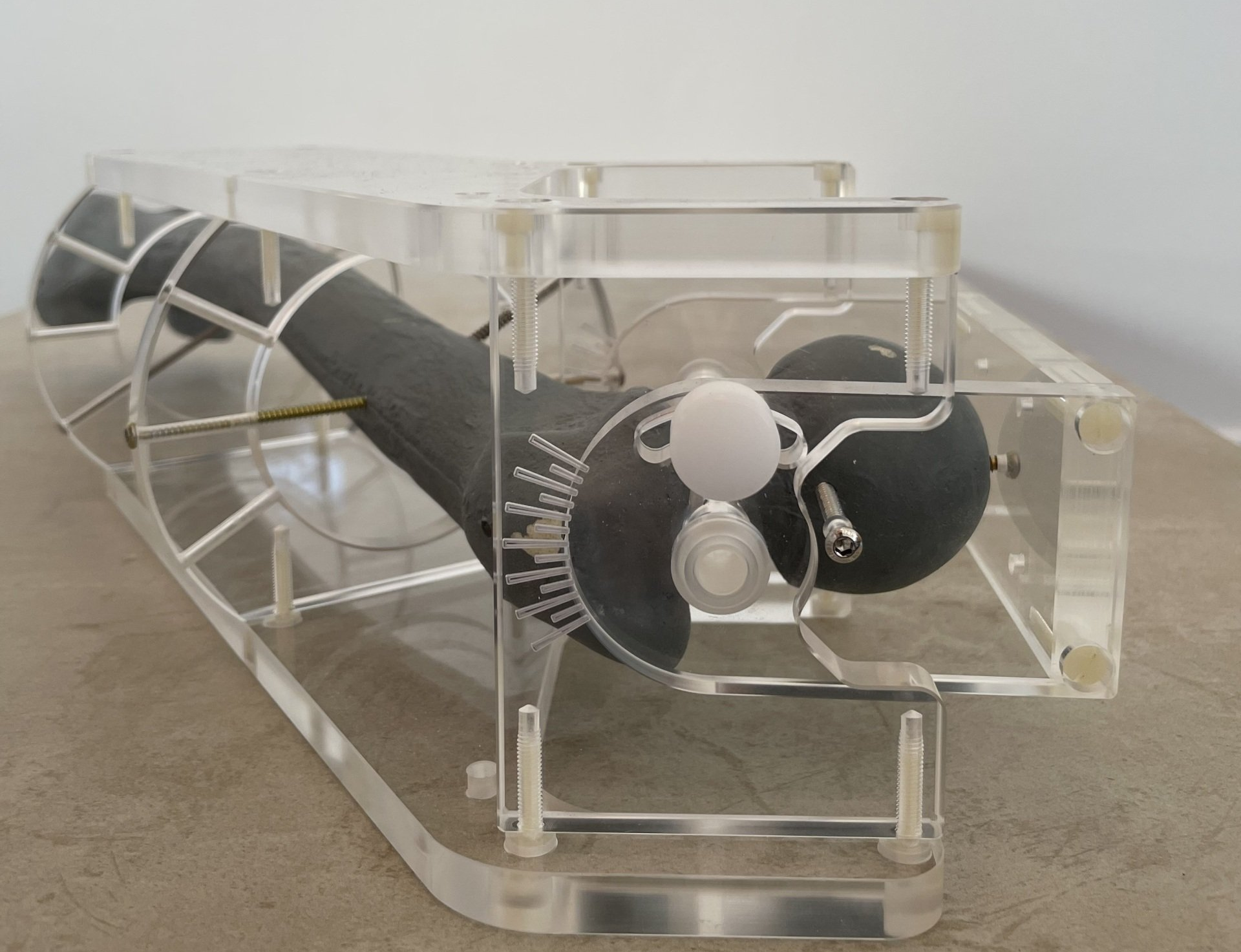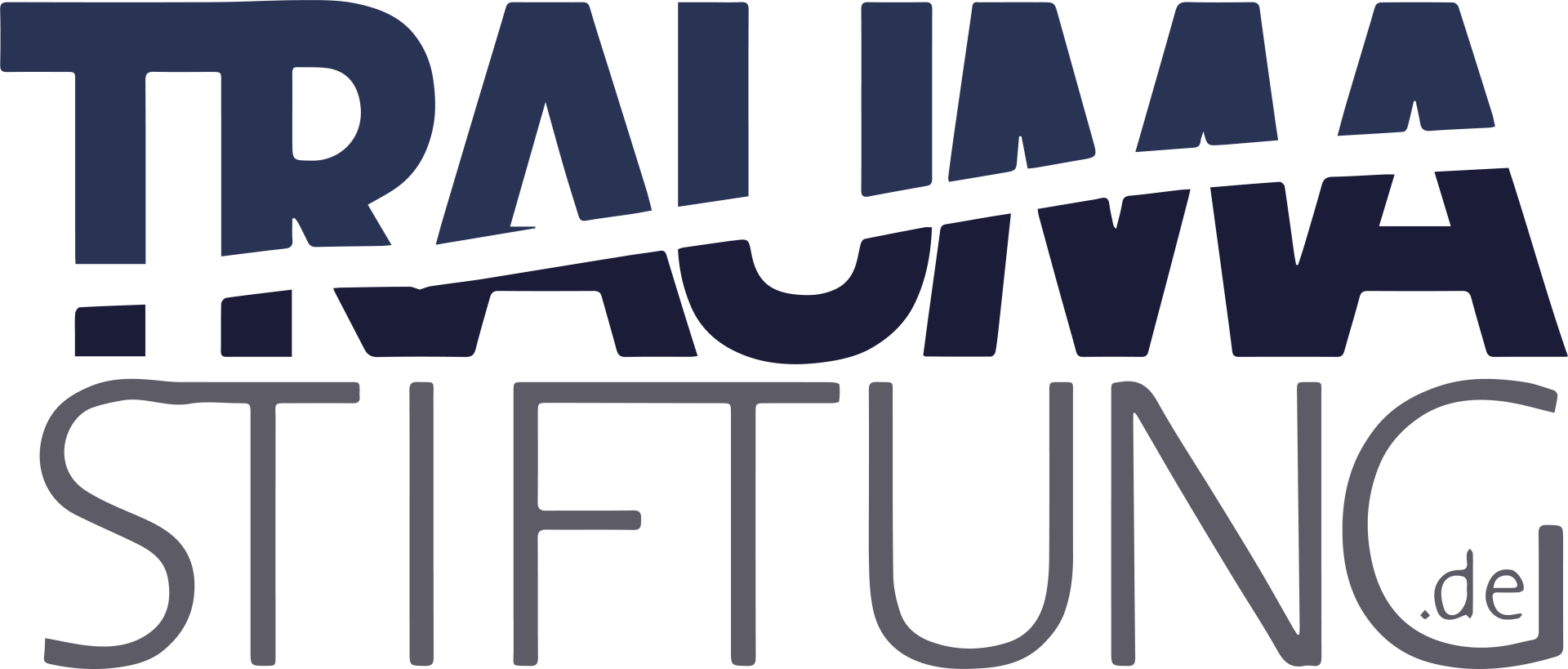projects
The Trauma Foundation gGmbH supports various projects in cooperation with the Trauma Surgery Department of the Hannover Medical School.
Our funded projects
Hannover Humerusregister (HHR)
The Hanoverian Humerus Registry (HHR) is a prospective observational study in which we evaluate the treatment outcomes of all humeral head fractures. Our documentation specialists Ms. Arens and Ms. Greeske accompany the patients for years as study nurses and regularly analyze the course of the disease. With its number of cases, data density and follow-up rate, the register is unique in the world. The data is scientifically analyzed and published at congresses and in scientific journals.
3D printing navigated trauma surgery: development of new treatment methods to market maturity
With this project, the Trauma Foundation is supporting millimeter precision in trauma surgery and orthopaedics: through a combination of innovative software and state-of-the-art manufacturing technology, the precision of trauma surgery operations can be increased using 3D printing processes.
Athrosis and vascularization
Osteoarthritis as a widespread disease, whether post-traumatic or degenerative, affects a large part of our population. In the hip joint in particular, patients often report pain, reduced mobility, a reduced walking distance and thus a reduced quality of life. Although various causes that can lead to the development of this complex clinical picture are known, the main unanswered question remains the question of how the articular cartilage is supplied with oxygen and nutrients, among other things, by the blood vessels supplying it. But precisely because an adequate supply of oxygen and nutrients is essential for maintaining the health of the articular cartilage, the question of blood supply is fundamentally linked to the development of arthrosis.
Study to identify tumor markers for sarcomas
The funded project is a study to identify tumor markers for sarcomas. Sarcomas are rare malignant tumors that originate in bone and soft tissue. A total of around 4,000-5,000 patients suffer from this in Germany. Due to the small number of cases, there is little interest in funding from industry.

Direct measurement of malrotation of proximal femoral fractures after internal fixation: An experimental validation study
The so-called femoral fractures close to the joint are referred to as “pertrochanteric” fractures or “femoral neck fractures”. Treatment is not always carried out using endoprosthetic implants. Here, too, it is often possible to surgically repair the fractures by inserting plates, screws and nails (so-called osteosynthesis). Unfortunately, a perfect alignment of the large fracture parts to each other is not always possible with certainty. A postoperative computer tomogram (CT) shows the presence of possible errors in length, axis or rotation. Adjusting and assessing the rotation in particular is often difficult pre-, intra- and post-operatively. In a study at the Hannover Medical School, with the support of the Traumastiftung gGmbH, a method for more precise measurement of these specific fracture morphologies could be proposed using a bone phantom.
The NiTi-Nail for the treatment of postoperative rotational errors after intramedullary nailing
When fractures occur in the long tubular bones (e.g. middle of the thigh), it is not possible to prevent a deviation in the rotation of the bone fragments to one another in up to 40° of cases compared to the healthy opposite side. A clinically relevant deviation (>15°) even occurs here in up to 28% of cases. Up to now it was necessary to correct the rotation as part of a further intervention after detecting a fault in the rotation (computed tomography). In addition to the renewed surgical stress, a perfect reduction was still uncertain after this.
Establishment of operative methodology and stress assessment on the rat intervertebral disc defect model for the testing of biological materials as an alternative closure method
The type of disc degeneration includes the herniated disc, which has a lifetime prevalence of over 20% in the 45 to 55 age group. The symptoms of a herniated disc are based on compression of a nerve root and are reflected in severe pain and nerve failure.
How old age affects the healing of bone fractures after severe blood loss - analysis of cellular and molecular biological mechanisms in the mouse
It is known that broken bones in elderly patients often heal with a delay and result in a large amount of blood loss. However, the reasons for the limited bone fracture healing are still not sufficiently researched and known.
Funding for the Trauma Foundation
The Trauma Foundation awards grants to the trauma surgery doctors at the MHH in the following areas:
- Travel allowances to present your own results at congresses or to participate in relevant training events
- Scientific work can be funded with material and printing cost subsidies
- Projects and scientific achievements in the fields of trauma surgery, sports medicine or orthopedics
Please submit your application and additional documents to the Trauma Foundation (info@traumastiftung.de) by July 1 or February 1.



